Recognising the pivotal role of Panchayats in grassroots governance, the Government of India launched the Panchayat Advancement Index (PAI) on April 9, 2024. This initiative serves as a key metric to assess the progress of Panchayati Raj Institutions (PRIs) and to aid the government in formulating localised strategies for inclusive rural development. The publication of the 2024 Index by the Union Ministry of Panchayati Raj, alongside efforts to combat practices like ‘Pradhan Pati’ or ‘Mukhiya Pati’, underscores the growing significance of Panchayats in strengthening democratic decentralisation.
On the occasion of National Panchayati Raj Day, it is essential to trace the journey of Panchayati Raj Institutions from their ancient origins to their modern constitutional role.
Historical Roots: From Ancient Panchayats to Colonial Reforms
Early Forms in Ancient India
The roots of the Panchayati Raj system can be traced back to ancient India, with references found in the Vedas, Kautilya’s Arthashastra, and practices from the Mauryan Empire. These early self-governing village bodies laid the foundational ethos of decentralised governance, where local communities resolved their issues autonomously.
British Colonial Period and Initial Reforms
The modern administrative framework for local self-government began taking shape during British rule:
- Lord Mayo’s Resolution (1870) marked the beginning of financial decentralisation.
- Lord Ripon’s Reforms (1882) were foundational, advocating for the devolution of powers to local boards, and are often credited as the true beginning of local self-governance in colonial India.
- The Royal Commission on Decentralisation (1909), under Sir Henry William, identified lack of representation and inadequate powers as key issues in existing local bodies. Its findings influenced the Government of India Act, 1919.
Post-Independence Vision: Embracing Grassroots Democracy
Constitutional Vision for Local Governance
Following independence, there was a strong push to institutionalise local self-governance. On November 25, 1948, K Santhanam, a member of the Constituent Assembly, advocated for the inclusion of Panchayats in the Constitution. As a result, Article 40 was introduced in the Directive Principles of State Policy, stating:
Precursor to Panchayats: Community Development Programme
First Five-Year Plan (1951–55)
The Community Development Programme, launched during the First Five-Year Plan, aimed to:
- Tackle rural poverty, food scarcity, and unemployment
- Engage rural communities in agricultural development, irrigation, health, and infrastructure
Notable Pre-Independence Experiments
Several community-based initiatives influenced this programme:
- Sriniketan Institute of Rural Reconstruction by Rabindranath Tagore (1922)
- Marthandam Experiment by Dr. Spencer Hatch under YMCA
- Firka Development Scheme by T. Prakasam (1946)
Despite its noble intent, the programme faced:
- Bureaucratic red-tapism
- Neglect of artisans and small farmers
- Limited participation from rural populations
Institutionalisation of Panchayats: Three-Tier System
Balwant Rai Mehta Committee (1957)
In response to the failures of the community development programme, the Balwant Rai Mehta Committee recommended a three-tier Panchayati Raj structure:
- Village Level – Gram Panchayat
- Block Level – Panchayat Samiti
- District Level – Zilla Parishad
-
Rajasthan was the first state to adopt this model on October 2, 1959, followed by Andhra Pradesh.
Reforms and Critiques: Reimagining Local Governance
Ashok Mehta Committee (1977)
Formed under the Janata Party government, the Ashok Mehta Committee suggested:
-
Replacing the three-tier structure with a two-tier system:
- Mandal Panchayats at the base
- Zilla Parishads at the apex
-
Reservation for Scheduled Castes and Scheduled Tribes
-
Political participation in Panchayat elections
Due to logistical and political constraints, these reforms were not widely implemented.
Subsequent Committees and Recommendations
Several committees continued to evaluate Panchayat functioning:
- Hanumantha Rao Committee (1983)
- GVK Rao Committee (1985)
- L M Singhvi Committee (1986)
- P K Thungan Committee (1989)
- Harlal Singh Kharra Committee (1990)
Constitutional Status: The 73rd and 74th Amendments (1992)
Under the leadership of Prime Minister P. V. Narasimha Rao, the dream of constitutional status for Panchayati Raj was realised:
- 73rd Amendment: Institutionalised Panchayats as part of Part IX of the Constitution
- 74th Amendment: Recognised urban local bodies under Part IXA
These amendments mandated:
- Regular elections
- Reservation of seats
- Devolution of powers and responsibilities
- Formation of State Election Commissions and Finance Commissions
Assessing Performance: Panchayat Devolution and Advancement Indices
Panchayat Devolution Index (PDI)
First conceptualised by V N Alok and Laveesh Bhandari (2004), the PDI assesses state performance based on:
- Functions
- Finances
- Functionaries
Later expanded to include:
- Capacity Building
- Accountability
- Framework
Panchayat Advancement Index (2024)
The newly introduced PAI complements the PDI by focusing on inclusive rural development. The 2024 report, released by the Ministry of Panchayati Raj, highlights:
- Top-performing states: Karnataka, Kerala, Tamil Nadu
Persistent challenges:
- Lack of financial autonomy
- Human resource limitations
- Delays in elections and electoral roll updates
- Digital illiteracy, affecting tools like e-Gram Swaraj

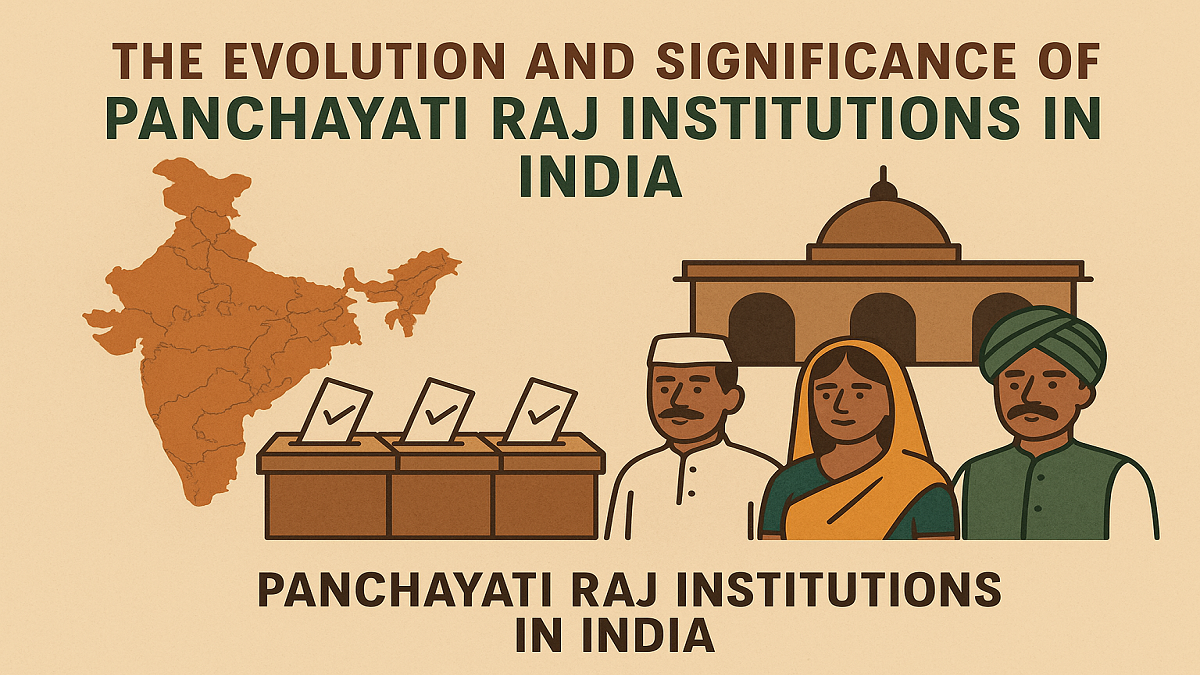
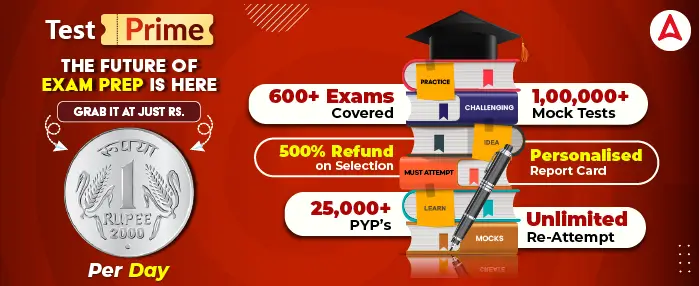
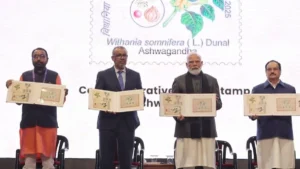 Prime Minister Releases Commemorative Po...
Prime Minister Releases Commemorative Po...
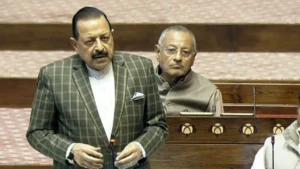 Parliament Passes SHANTI Bill, AERB Gets...
Parliament Passes SHANTI Bill, AERB Gets...
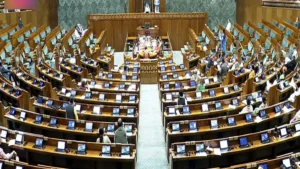 Viksit Bharat G RAM G Bill Passed in Lo...
Viksit Bharat G RAM G Bill Passed in Lo...







